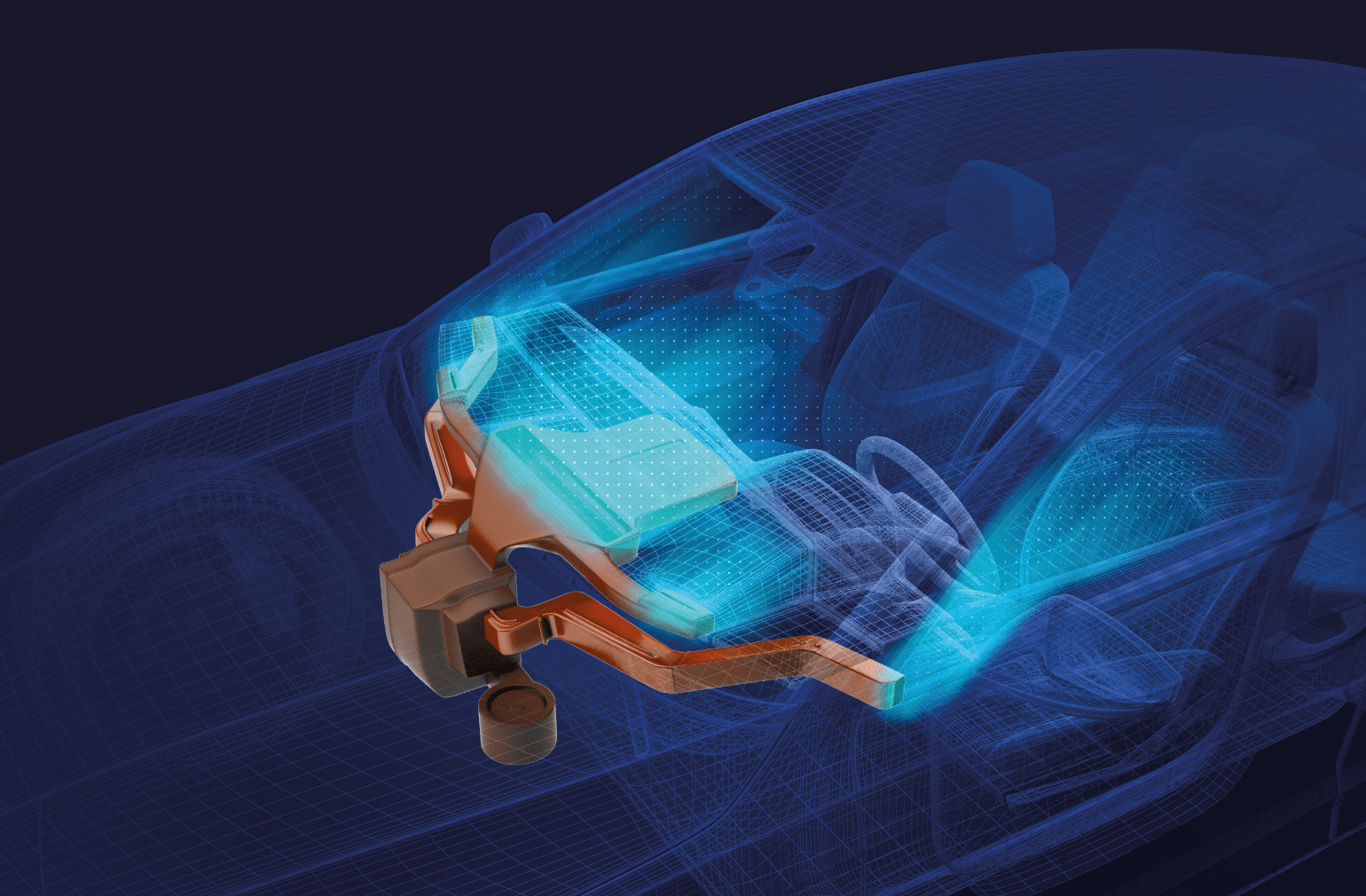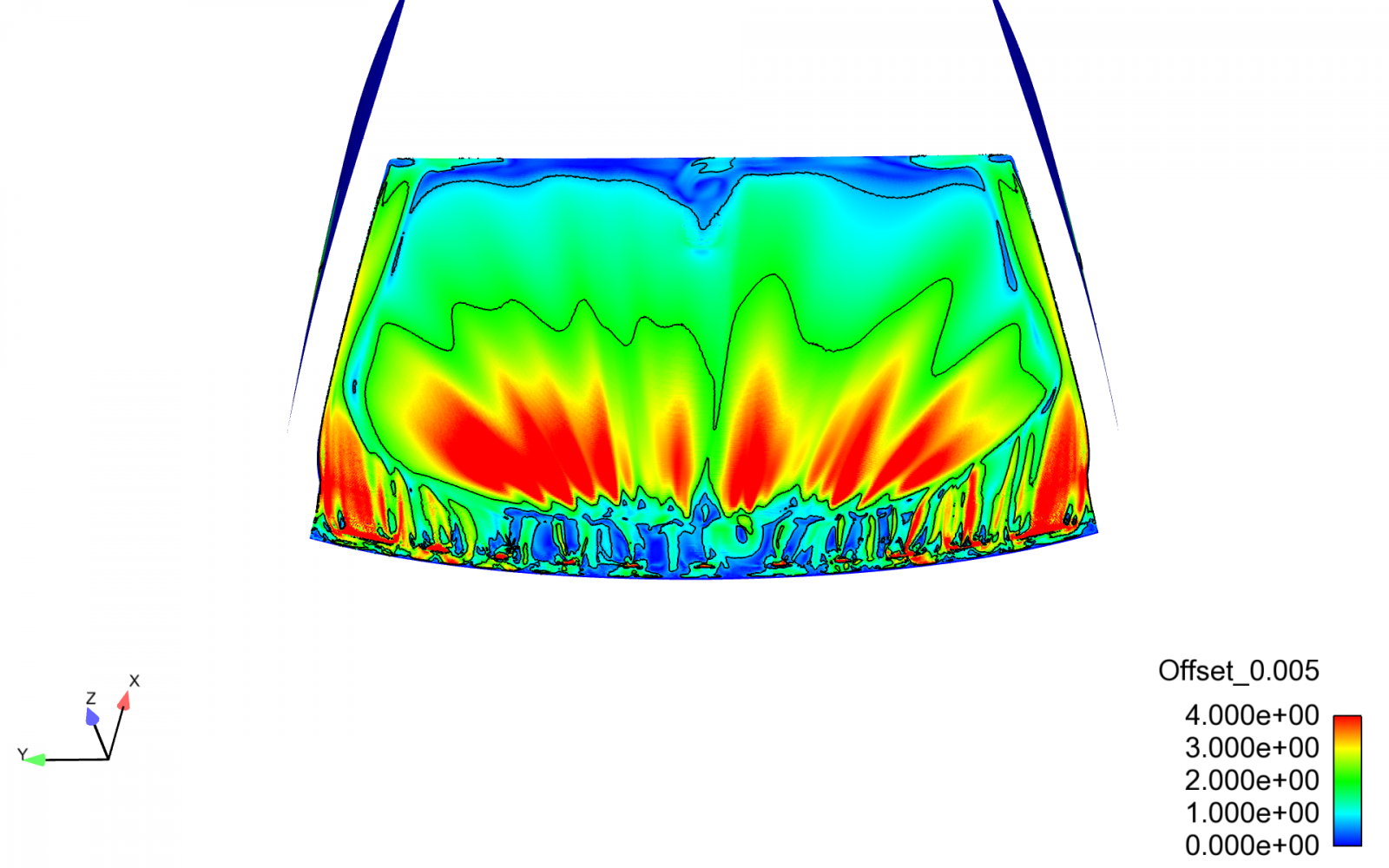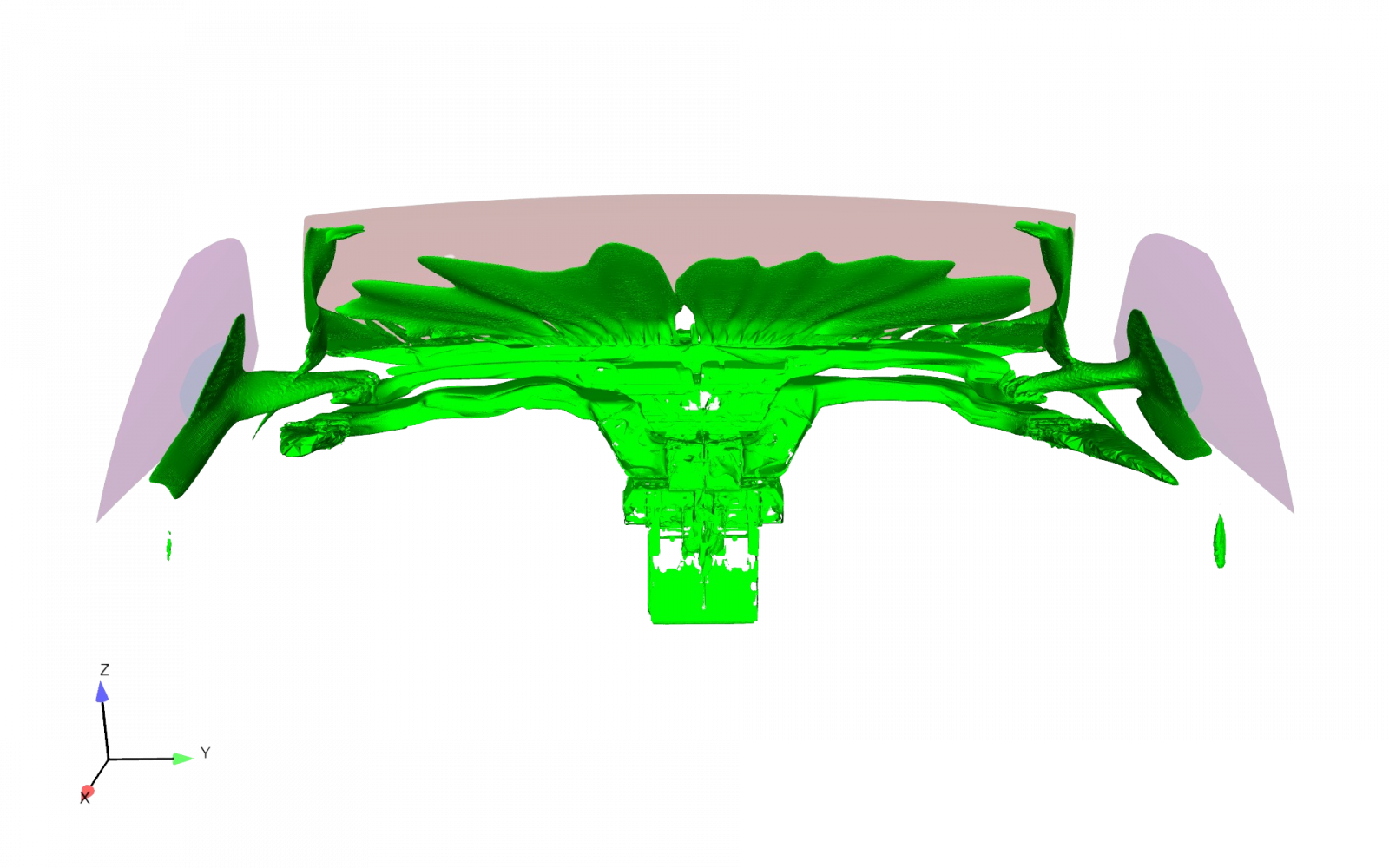HVAC
BACKGROUND
Vehicles used for transport need to control the temperature of both the cabs as well as the compartments where they carry their payload for different reasons, such as conservation or passenger comfort. To guarantee a proper air conditioning, an efficient HVAC system must be designed (heating, ventilation and air conditioning) that allows regulating different environmental parameters such as temperature and pressure and adjust these parameters as required for each situation.
The definition of an HVAC system is supported on fluid dynamic simulations, CFD, consisting of mathematical analyses of the geometry of the environment, including the modelling of the conditions and the parameters of the problem in different scenarios. With an evaluation of the results we can work to optimise the design from an operational perspective.
Since 2017, SOLUTE has gained an extensive and solid experience in these types of calculations for customers in the transport sector.
Transport vehicles such as cars, trains or aircraft, carry a payload (persons or goods) and proper environmental conditions must be provided for comfort, to prevent the goods from being damaged or in the case of the aviation sector, to guarantee certain levels of oxygen inside the cabin so the passengers can breathe.
A fluid dynamics simulation CFD is the most efficient option for conducting a study of the HVAC design. SOLUTE has the capability to carry out these analyses and study the problem to develop a system that meets the stated objectives.
RESULTS
The studies will allow concluding with a new definition of the parameters of the HVAC system, as well as the geometry that conditions the problem. The tasks of simulation and analysis of your results allow, in a very dynamic way, adopting alternatives to the design or concept when the previously obtained results are unsatisfactory, as well as the optimisation of the geometries. The results are recorded in a report with all the data obtained in the original HVAC system and in the different proposals, specifying the most suitable option between them based on the defined criteria.
On the one hand, studies provide great added value of the thermal and kinematic behaviour of the air flow inside the vehicle, with special emphasis on the temperature, pressure and distribution of air flow speeds.
EXPERIENCE
SOLUTE has carried out numerous HVAC simulations for different customers in the automotive sector. Numerous cab air conditioning development phases have been carried out in cars and this methodology has also been applied in buses. These phases have ranged from evaluating the comfort of occupants to de-icing and defogging systems to ensure visibility through the wind shields.
To carry out these types of studies, SOLUTE relies on their extensive experience and know-how in CFD fluid dynamics and simulation software, which it has been applying to problems of very different natures.
To carry out these calculations, commercial codes (ANSYS, ALTAR) as well as free use codes (OpenFOAM) are used, over which, even with differences in their origin, good practices in modelling standards prevail as well as the criteria of expert analysts and the basis of extensive experience.
METHODOLOGY
The analysis is carried out with CFD (Computational Fluid Dynamics) tools, using the Finite Volumes Method (FVM) or the Finite Elements Method (FEM), depending on the solver that is chosen. To carry out these calculations, commercial codes (ANSYS, ALTAR) as well as free use codes (OpenFOAM) are used, over which, even with differences in their origin, good practices in modelling standards prevail as well as the criteria of expert analysts and the basis of extensive experience.
After a first study of the state of the art and the set objectives during the development of the HVAC system, models are created based on the geometry and on the case study. This way, the intent is to simplify and individualise the model, so that we can reach a compromise between the accuracy of the results and the computational load. In most situations, stationary simulations RANS (Raynolds-Averaged Navier Stokes) or their transitory variable URANS (unsteady RANS) will be used and sometimes, more expensive and accurate simulations may need to be used such as LES (Large Eddy Simulation).
Based on a scenario that contemplates all the physics and all the constraints inherent to the analysis that is to be addressed (for which we will need to properly define the properties of the fluid, its domain and contour conditions), we can calculate and determine the desired aspects of the model such as distributions of pressure or speeds, the air flow or temperature.
Based on the results that are obtained, the validation of the original HVAC system is studied. An aspect to be considered is that in most cases, air conditioning inside vehicles (cars, trains or aircraft) follow internal guidelines set by the manufacturer and are not governed by external regulations. An exception to this rule are the airworthiness directives required by the competent certifying body in aviation, such as Certification Specifications, CSs (published by the European Air Safety Agency, EASA, which is the European certifying authority) or the Federal Aviation Regulations, FARs, (published by the Federal Aviation Administration, FAA, the aviation authority in the United States).
In addition to a quantitative result, the tools that are used allow analysing the qualitative behaviour of the evaluated systems, detecting the areas that cause undesired operations and the regions that have potential for improvement. This way, once the first series of simulations are completed, proposals for improvement are made and the process is repeated until the optimum solution is achieved. To accomplish this it is essential that we have the skills and know-how of engineers who are experts in aerodynamics and fluid mechanics, since a proper interpretation of the results and identification of possible solutions requires knowing the behaviour of the fluid described by the Navier-Stokes equations, as well as the nature of all its components.
Software
Backend
Backend development is the part of an application that manages the information provided by the user and which controls the processes that manipulate this information to obtain the required results.
VR
Virtual visits generation
SOLUTE generates enriching virtual visits with technical and commercial content to optimise internal office processes in different sectors.


